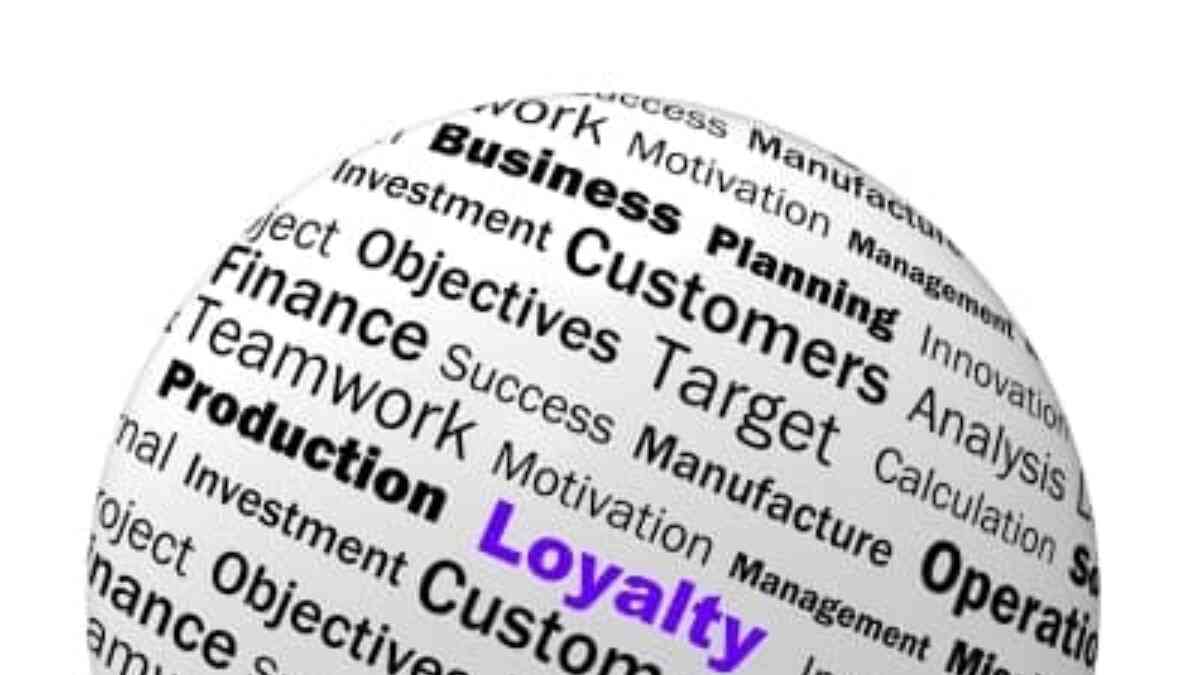
What You Need to Know Before Starting a Loyalty Program
You value your current customers and want to keep them happy. Could a loyalty program be what you need?
As most marketers know, it’s more cost-effective to retain customers than to acquire new ones. We covered a few ways to market to your current customers in a previous article. Yet what about loyalty programs?
Loyalty programs reward customer buying behavior, often while tracking it at the same time. Typically, loyalty-program members gain discounts or points toward future purchases through buying or buying within certain set program parameters.
As a consumer, you may belong to a number of loyalty programs (a quick few that come to mind for us include Starbucks, Sephora, and Best Buy). Feels like everyone is doing it—so you might think you should, too.
Advantages of Customer Loyalty Programs
There are many fantastic, highly appealing reasons for a business to offer its customers a loyalty program, including the following:
- Higher customer spending
- More frequent purchases
- Increased customer lifetime value
- Better knowledge about your top customers’ wants
- Stronger relationships with your customers
- Improved competitive advantage
Think Twice on Jumping into a Loyalty Program
Sounds great, right? Who would say no to additional sales? But let’s take a step back before jumping into the loyalty-program deep end:
- Does it fit your sales cycle? The primary purpose of a loyalty program is to reward your customers and keep them coming back for more. If your customer base wouldn’t buy frequently (i.e., weekly or monthly), a loyalty program might not make sense.
- Can you afford it? There will be costs associated with starting and maintaining a loyalty program. Make sure your budget is able to accommodate these before you get started.
- Are you ready for the long haul? Your company may get a lot of backlash should you decide to change your loyalty program later or—even worse—get rid of it altogether. Before you move forward with a loyalty program, you must be ready to keep it forever—or almost.
- Does it align with your marketing strategy? To achieve optimum results, loyalty programs should fit within a coordinated marketing strategy. As always, start with strategy—then plan from there.
Common Loyalty Program Mistakes
Still in? Good. But you still have decisions to make about what sort of loyalty program to offer—and what rewards program members will receive.
Often, businesses get very excited about a loyalty program and decide to use all the possible program bells and whistles. Yet a complicated loyalty program is a big turn-off to customers. Keep it simple.
Further, not showing your program members real value is another frequent problem. Some brands offer loyalty participants small discounts, such as 5 percent off after they spend $500 or more. Yet these same businesses then offer coupons to the general public for higher discounts. Your loyalty program members won’t feel valued—and few people will see any reason to join in.
Final Preparation for a Successful Loyalty Program
Once you’ve decided a loyalty program is right for your business and have defined its parameters, you still have significant preparation ahead before you can launch:
- Beef up your customer service. Loyalty programs require extensive customer service support and training to ensure the team fully understands and can address questions and issues with the loyalty program.
- Prep your social media team. No matter how hard you work, you’ll always get that one stubborn person tweeting about how bad the loyalty program is. Ensure your social media team gets the same loyalty-program training as your customer service department to ensure it can handle what comes its way.
Ready, Set... Go?
Still feel like you could use a little help? FrogDog to the rescue.
Image courtesy of Stuart Miles/FreeDigitalPhotos.net
Updated: Oct 09, 2019

We do not spam. And you can unsubscribe when you want.